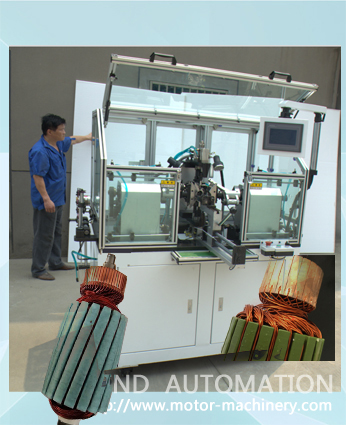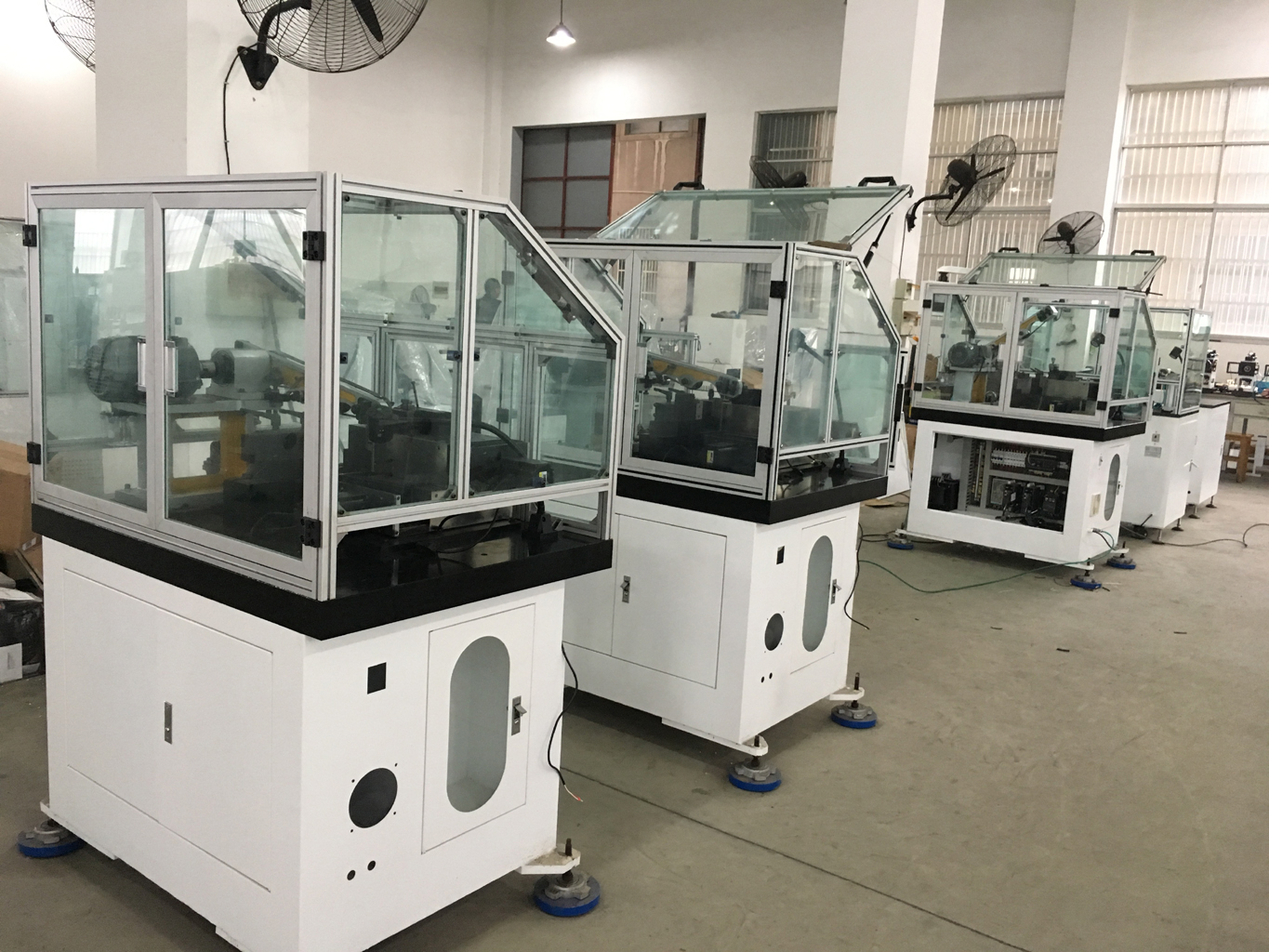
Generally armature winding falls into two broad categories: construction/manufacturing and repair. The manufacturing armature winder is responsible for new equipment. This process typically begins with a technical brief outlining the exact specifications of the equipment in question. In the case of motor or generator armatures, the blank metal cores will be mounted on spindles which spin the part at a predetermined speed. The armature winder then chooses an appropriate wire stock and begins winding it off a reel onto the core.
This process must be constantly monitored because an exact number of windings (turns no) are required to produce the correct resistance. The choice of wire stock thickness and the exact number of turns or coils are determined from standard tables to give very specific end results according to the job brief. New transformers are wound in very much the same fashion and require similar levels of precision and attention. During the winding process, the armature winder has to check that all insulator elements are in place and that end terminations are carried out correctly. Once the winding is complete, any anti-corrosion and insulating finishes are applied, and the coils are tested for continuity, correct resistance, and short circuits.

Repair and maintenance armature winders work with existing equipment and are responsible for repairing inoperative windings and carrying out preventive maintenance. The repair of burnt armatures typically begins with a diagnostic process to establish where the burnt off wires are located. During this process, the armature winder establishes whether or not it is viable to repair the coil or to better rewind it from scratch. Maintenance on working equipment typically entails cleaning the windings, checking for any breakdowns in resistance or shorts, reapplying anti-corrosive finishes, and replacing insulators if necessary. All connections and terminations will also be checked during this process.

Armature winding can be a little too repetitive by nature for some people but is a rewarding and challenging career for those who enjoy the attention to detail and precision involved. Those interested in armature winding can do an apprenticeship with many of the winding companies and which is a good way to learn the trade. Depending on the location, interested candidates may also approach technical training schools which offer related courses.
Contact:Shanghai Wind Automation Equipment Co.,Ltd
Email: emily@motor-machinery.com
Skype: motor.machinery
Mobile: +86-18067425780
Website: http://www.motor-machinery.com; http://www.coilswinding.com


 Pearl
Pearl Emily
Emily